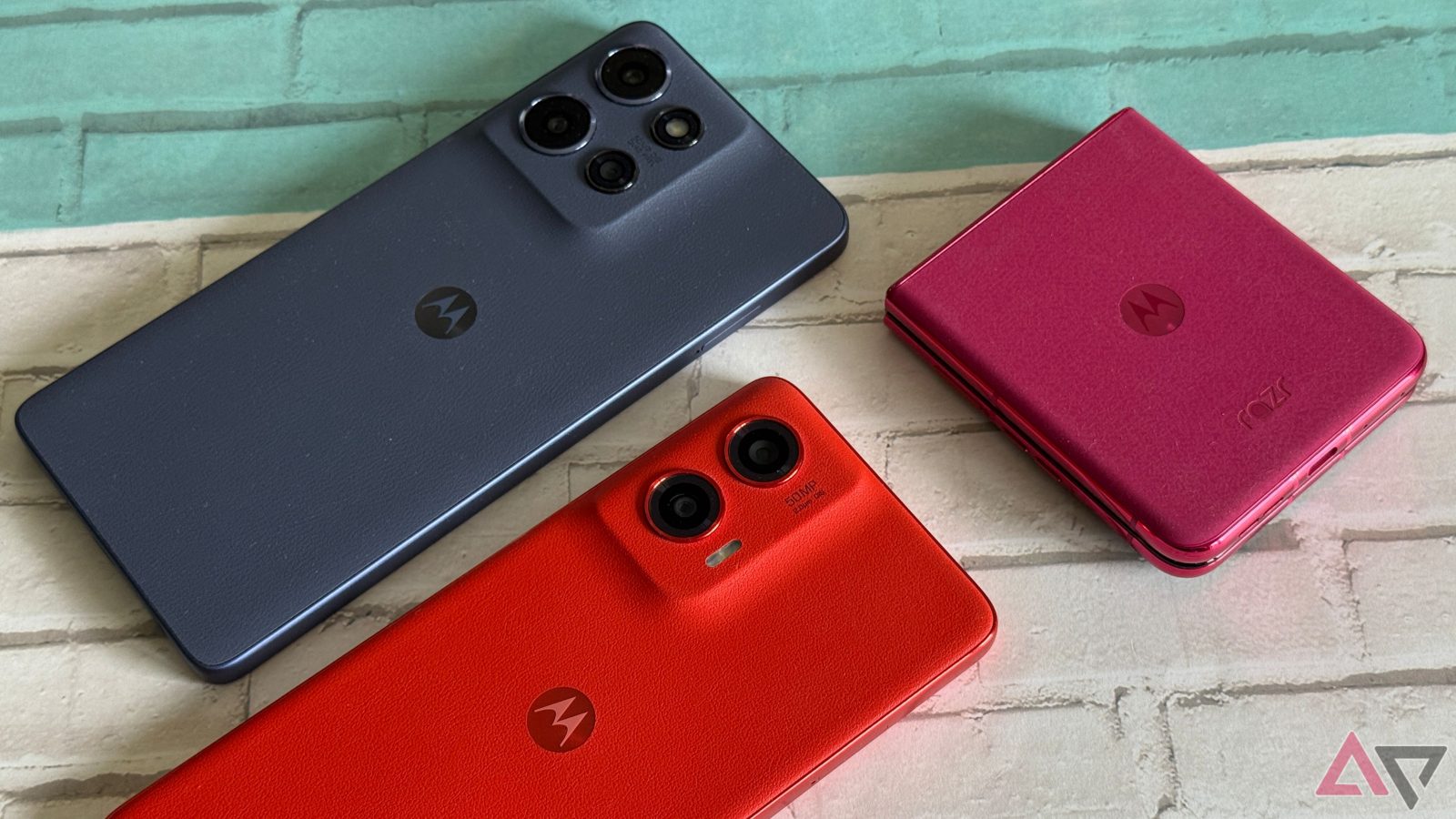I’ve Made My Peace With Motorola’s Lackluster Software Support, With One Expensive Exception

Contents
I used to fight Motorola vigorously over the company’s uninspiring software support on its new phones. I didn’t think just a couple of years of software upgrades was enough, especially considering companies like Samsung and Google offer 7 years of updates even on their midrange phones. Still, it didn’t stop me from loving and recommending Moto devices, which are continuously some of the best smartphone values.
However, I’ve started to come around. I still wish Moto put more effort into promising more years of support, but I realize it’s not a concern for most Motorola buyers. So be it if the company can keep its phones at solid prices by offering less support, but I’m not giving Motorola a complete pass. Motorola may know what it’s doing with its lackluster software support, but that doesn’t make it right for a couple of phones in the company’s lineup.

Read our review
It’s hard to argue with Motorola’s value
The prices are excellent, especially on sale

I may disagree with Motorola’s initial MSRP on certain phones, but there’s zero doubt the company’s devices quickly become excellent deals on carrier discounts or regular sales. I recently reviewed the Moto G Stylus 2025, and I think Motorola did enough to justify a $400 price tag. Still, the phone will become one of my favorite budget devices of the year when it inevitably goes on sale for $275. While the hardware is solid, the difference is in price. I enjoy recommending phones like the G Stylus and Moto Edge because they provide a smooth user experience for less, and if skimping on software support is the direct compromise that keeps the costs down, I’ll live with that.
Midrange and budget buyers aren’t always concerned about software.
It’s not like we’re missing anything exciting, either. Moto’s Hello UI is a decent experience, and I like that Motorola offers a relatively stock Android experience. However, the company has never been at the forefront of releasing new Android features, and while you typically get the promised amount of updates, don’t set your watch to them. Motorola is notorious for releasing updates late, and bi-monthly security patches quickly become tri-monthly or longer. Motorola’s never been punctual with updates, and customers don’t seem to care.
People buy Motorola for something different
Not everyone cares about software

Midrange and budget buyers aren’t always concerned about software. They want a decent, smooth experience, but at the right price, software support doesn’t factor into the buying decision. I’ve heard from countless Motorola owners who couldn’t care less about the company’s anemic software support. The response is usually similar: they’ll simply buy another one in two or three years. It makes sense, as that’s a typical upgrade cycle, and it’s when the phones would be paid off through a carrier deal, just in time to jump back in. Why should it matter if you’re getting the phone for significantly less and trading it in before the support is up?
I’ve also encountered another type of Motorola buyer. They were someone who used to buy the less expensive Samsung Galaxy J-series devices and maybe an A-series phone, but switched to Motorola. I couldn’t tell you the software update policies on those older Galaxy phones, but I know they weren’t getting monthly security patches for 7 years. And while I feel it’s my job to explain to people whose occupation isn’t to talk about smartphones, that software support is important, and that they are entitled to more of it, it’s not my place to tell people they can’t enjoy their smartphone because it won’t be updated in 5 years.
See also Google Updates Pixels With Important Security Patches, But Warns That There's No Going Back
Motorola still has a responsibility at higher price points
I don’t understand the Razr Ultra

Even though I’ve decided to give Motorola a pass on its budget and midrange phones, that doesn’t apply to its premium offerings. There’s zero excuse for Motorola to promise only three years of Android upgrades on its upcoming $1,300 Moto Razr Ultra 2025. It’s insulting to charge that kind of money and fit a phone with several future-proof specs only to not follow up with the expected software support. Customers paying flagship prices deserve a flagship experience, and in 2025, that means getting at least 4 or 5 years of Android upgrades and security updates.

It’s hard to think of Motorola as a cash-strapped upstart, but sometimes it appears that way. Sure, paying engineers to keep software updated and optimized over several classes of devices costs money, but we’re not talking about a company that launches phones on Kickstarter. It’s also what made the bloatware we used to get on Moto budget phones even more frustrating. Desperate companies do that to generate revenue; tactics like that should be above Motorola, and I’m glad that the company stepped away from the aggressive bloatware on its recent phones.
I’m still torn after all these years
Making peace with Motorola’s lackluster software support is not easy for me. Whether a device costs $1,300 or $300, I’ll always feel frustrated. Still, all I can do is make people aware that better support is out there if they want it, but it’s up to each buyer to determine whether support really matters that much. All told, Motorola’s hardware is fantastic value for money, especially on carrier deals, and I’d hate to see people miss out on saving money on great phones because of a lack of support.
What’s your reaction?
Love0
Sad0
Happy0
Sleepy0
Angry0
Dead0
Wink0









Leave a Reply
View Comments